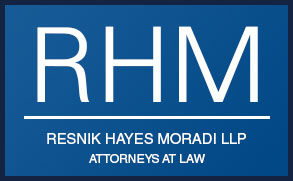I have wondered what the consequences are of failing to include something in the record on appeal. Here is a footnote from a recent BAP case. I have read a lot of opinions and memorandums and have never seen this. The BAP here just looked up what was missing and sort of snidely told the appellant that he’s lucky they are good guys. I assume with the ease of looking things up these days, the result will likely be the same in future cases, meaning, no harm, no foul.
Zuckerman v. Crigler (In re Zuckerman), — B.R. — (9th Cir. BAP Mar, 2020)
Mr. Zuckerman omitted from his excerpts of the record the bankruptcy court’s prior ruling (“Ruling”) that included its reasoning for entering the Order on appeal and key evidentiary rulings. As the omitted Ruling is a necessary portion of the record, we are entitled to presume that its contents are harmful to his position and to affirm or dismiss his appeal summarily. See Rule 8018(b)(1); Cmty. Commerce Bank v. O’Brien (In re O’Brien), 312 F.3d 1135, 1137 (9th Cir. 2002); Gionis v. Wayne (In re Gionis), 170 B.R. 675, 680–81 (9th Cir. BAP 1994). Nonetheless, we obtained a copy of the Ruling and will take judicial notice of it and other documents filed in the bankruptcy court’s dockets, as appropriate. See Atwood v. Chase Manhattan Mortg. Co. (In re Atwood), 293 B.R. 227, 233 n.9 (9th Cir. BAP 2003).




